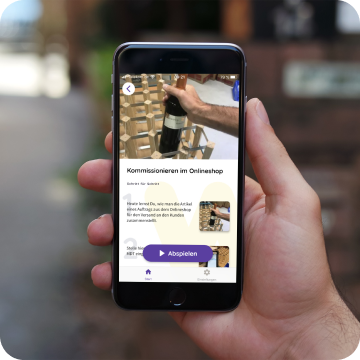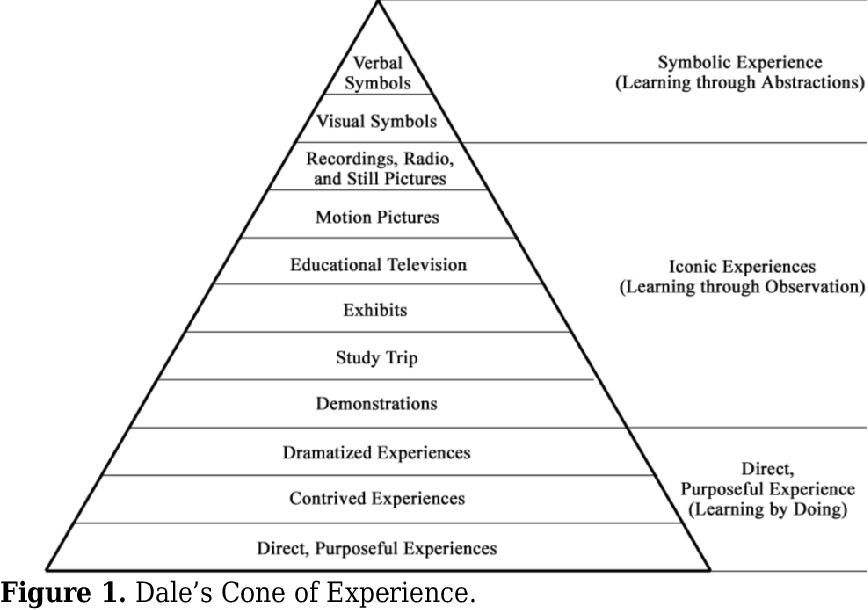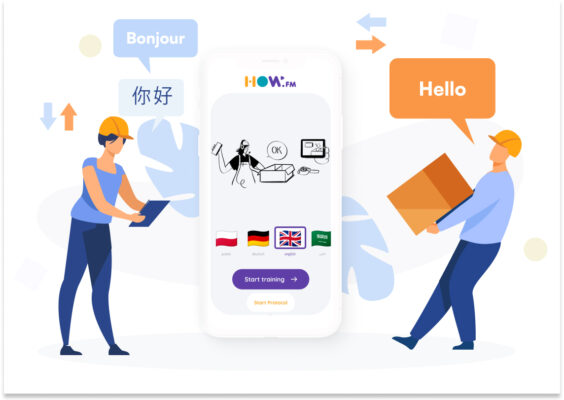Language Barriers and Illiteracy in Warehouses
It’s important to be aware of the potential problems that can arise when warehouse workers don’t share a common language. Language barriers in the workplace can lead to communication issues, confusion, and even can be a safety risk for your warehouse staff.
Migration to other countries to find work has never been more common in today’s world. In 2020, the EU labor market employed 8.6 million non-EU citizens. Also, in 2021 alone, Germany welcomed almost 1.24 million refugees and 233 000 asylum seekers, making it the biggest host country for refugees in Europe. Stats such as this show how language barriers exist in the workplace.
In this post, we’ll discuss some of the main issues that can result from language barriers in the workplace, and we’ll offer strategies for how to overcome them.
Challenges That Come With Language Barriers In The Workplace
Language barriers in the workplace can present challenges for both employers and employees. For employers, language barriers can make it difficult to communicate job duties or expectations to employees. In a warehouse setting, it is vitally important that workers understand how to perform their tasks correctly.
Mismanagement of stock due to poor labeling and general housekeeping is extremely common in the warehouse sector. This leads to shipments being held up and delays in your customers receiving their ordered goods. A survey by Peoplevox, found that 34% of businesses have delayed shipping because the products mentioned in the order were not actually in stock. And when it comes to goods-in, human error is the top issue in 46% of warehouses. Adding in language barriers has the potential to heighten these figures even further.
Language Barriers and Illiteracy As Safety and Penalty Risks
Safety is a huge topic for your warehouse staff. Warehouses differ from office environments due to the constant moving of goods and workers. Machinery such as forklifts and conveyor belts are usually prevalent within a warehouse which employees need to be vigilant of. If there is a language barrier then your employees could fall victim to workplace accidents. In 2019 alone, there were 3,408 fatal accidents at work in the EU.
With regard to OSH, employers are liable in all cases of gross negligence and of intention when acting deliberately. The following is an example of a more-or-less typical case decision involving gross negligence.
An employer was found liable by the court because he had given insufficient instructions to a foreign worker. The worker had been asked to paint a windowless room with a bituminous primer and then waterproof the walls with bituminous sheeting using flaming equipment. When the worker entered the room with the flaming equipment, the gas–air mixture from the primer ignited explosively and he suffered serious burn injuries. The BG claimed compensation from the employer for the reimbursement of rehabilitation costs amounting to €53 000 plus all expected future expenditures on the grounds that the employer had shown gross negligence. It was claimed that he should have instructed the worker that bitumen was a hazardous substance that can produce a potentially explosive atmosphere when processed. The employer argued that the worker had not followed the safety sheet instructions, including warning notices for bitumen, that the employer had handed him. The court judged in favor of the BG, stating that the handing over of the bitumen data sheet was not proven and that the worker had obviously not been able to understand the safety instructions properly because he lacked proficiency in German. The employer had been grossly negligent and contributory negligence by the worker was denied.
Country Profile for Occupational Health System in Germany
German courts often acknowledge joint liability. They assign collective responsibility to all those with managerial responsibility who are associated with an accident – meaning, that site managers are equally accountable.
By taking proactive steps, both you and your employees can overcome the challenges posed by language barriers and/or illiteracy in the workplace.
Strategies For Tackling Language Barriers In The Workplace
Fortunately, there are a number of strategies that businesses can use to overcome language barriers or illiteracy issues and ensure smooth communication.
Here are some strategies you could consider:
1. Use Software Technology
One strategy is to make use of technology, such as translation software or apps. These tools can be extremely helpful in allowing your employees to communicate with one another more easily.

how.fm offers hundreds of templates that you can customize to deliver training in your warehouse. Moreover, you can create one piece of training, and then, workers can access that same training piece in 30+ languages. Warehouse workers who cannot speak the local language can still get the full benefits of company training the same way a native speaker can.
2. Foster An Inclusive Working Culture
At times, language barriers make communication messy. But even if your company has limited resources, you should not underestimate the value of fostering an inclusive culture on your shop floor.
Employees can adopt a more caring and patient approach to their fellow work colleagues. It translates into a comfortable working environment for all, even if a common language is not shared. Employees see diversity in the workplace as a positive thing and you should encourage it. A study conducted by Fast Company suggested that organizations with above-average diversity levels outperform those with lower levels of diversity by 46-58%.
3. Diagrams, Charts, And Visual Aids
One effective strategy is to use visual aids. This can be helpful when communicating with employees who speak different languages. By using diagrams, charts, and other visuals, you can provide employees with a clear understanding of what you are trying to communicate.
You could also create a set of visual instructions that can help workers to train by watching videos, showing step-by-step visual work instructions on how to do a particular warehouse job.
Let’s consider Dale’s Cone of Experience. Edgar Dale developed this model in 1946 and it incorporates several theories related to instructional design and learning processes. Dale theorized that learners retain more information by what they “do” as opposed to what is “heard”, “read” or “observed”.

By providing your workers with a training solution, you can apply Dale’s Cone of Experience to your shop floor. Imagine starting as a warehouse worker and being introduced to the training in which:
- All your training pieces are neatly organized in an app on your mobile
- See the work instructions as short videos. Can’t read? The voice feature speaks out to you
- You can talk to the training app in your own language
“Start the Safety Training”; “I don’t understand this part”; ”next”; etc - Complete the tasks as you train
- Sign a digital certificate and hand it to your manager
Congratulations, you just completed training in your own language and now, are ready to do the job confidently!
All of this and more is possible with how.fm. Using the software, you can implement digital training for your workers. You, as a site manager, get an easy-to-use content system where you can upload all your training materials. While workers can access that training on their mobile or tablet devices. The best part? It automatically translates all the work instructions into 30+ languages, including Turkish, Ukrainian, and Polish.
Would you like to see if digital training could be the right solution for you? Then, book a non-commitment call today.
4. Hire a Company Translator
Another useful strategy is to use translators, as they can talk directly with employees face-to-face about issues and concerns they may experience. By having a translator on hand, you can ensure that everyone understands what is being said.
Although, having a company translator could be an expensive endeavor, as they can charge anywhere near $30-$70 per hour.
Final Thoughts
Despite the challenges, you can overcome language barriers in the workplace with effective communication strategies like the ones we just discussed.
It is important to be patient when communicating with someone who speaks a different language. It can be frustrating when things are not being communicated effectively, but it is important to remember that it takes time for people to learn new languages.
By adopting a more patient approach and a little understanding, you can help to make the process of communication much smoother for everyone involved.
